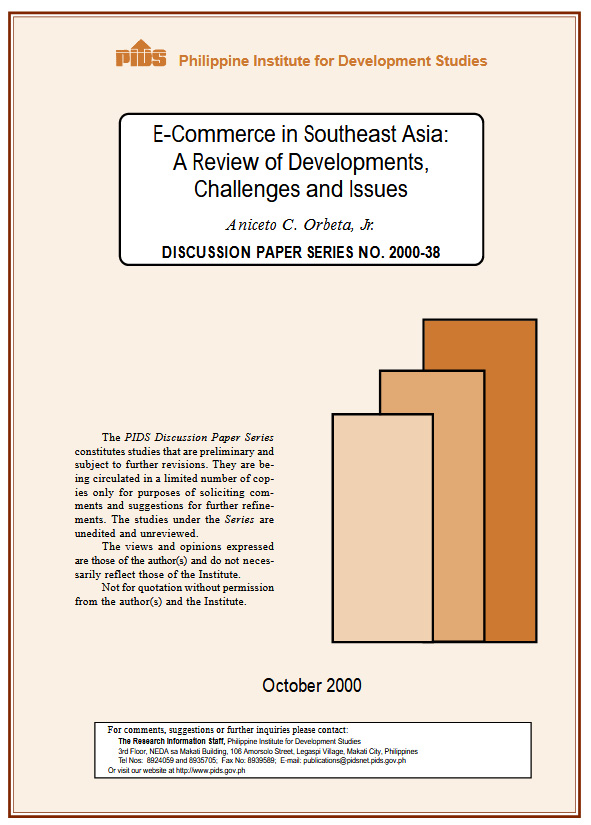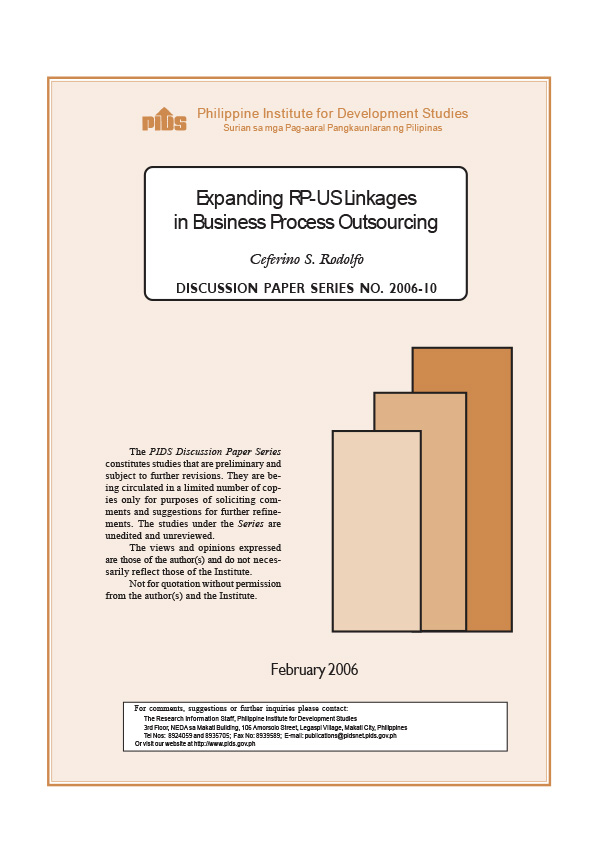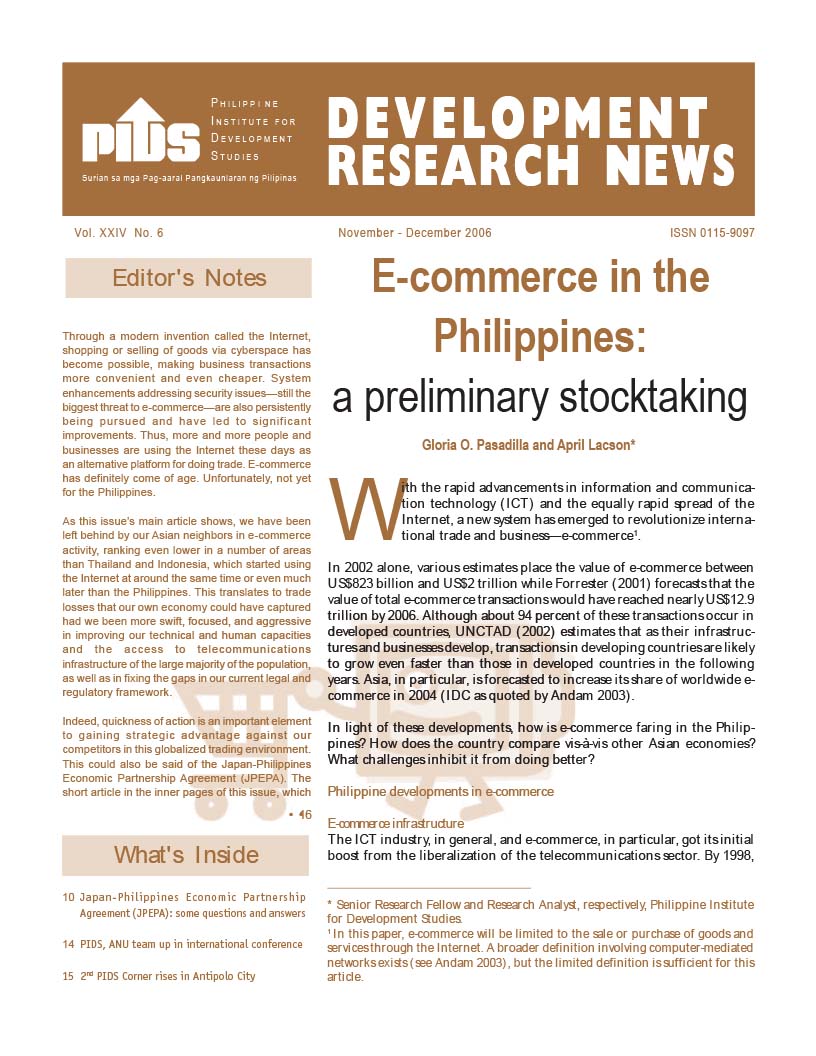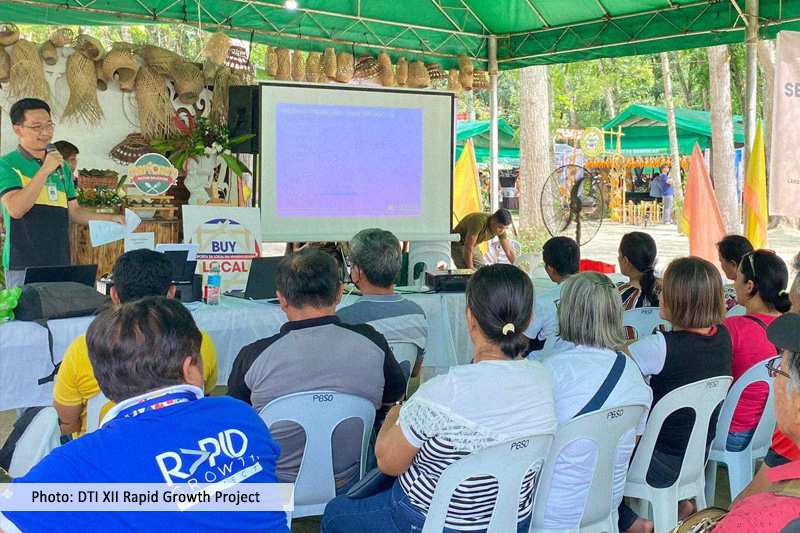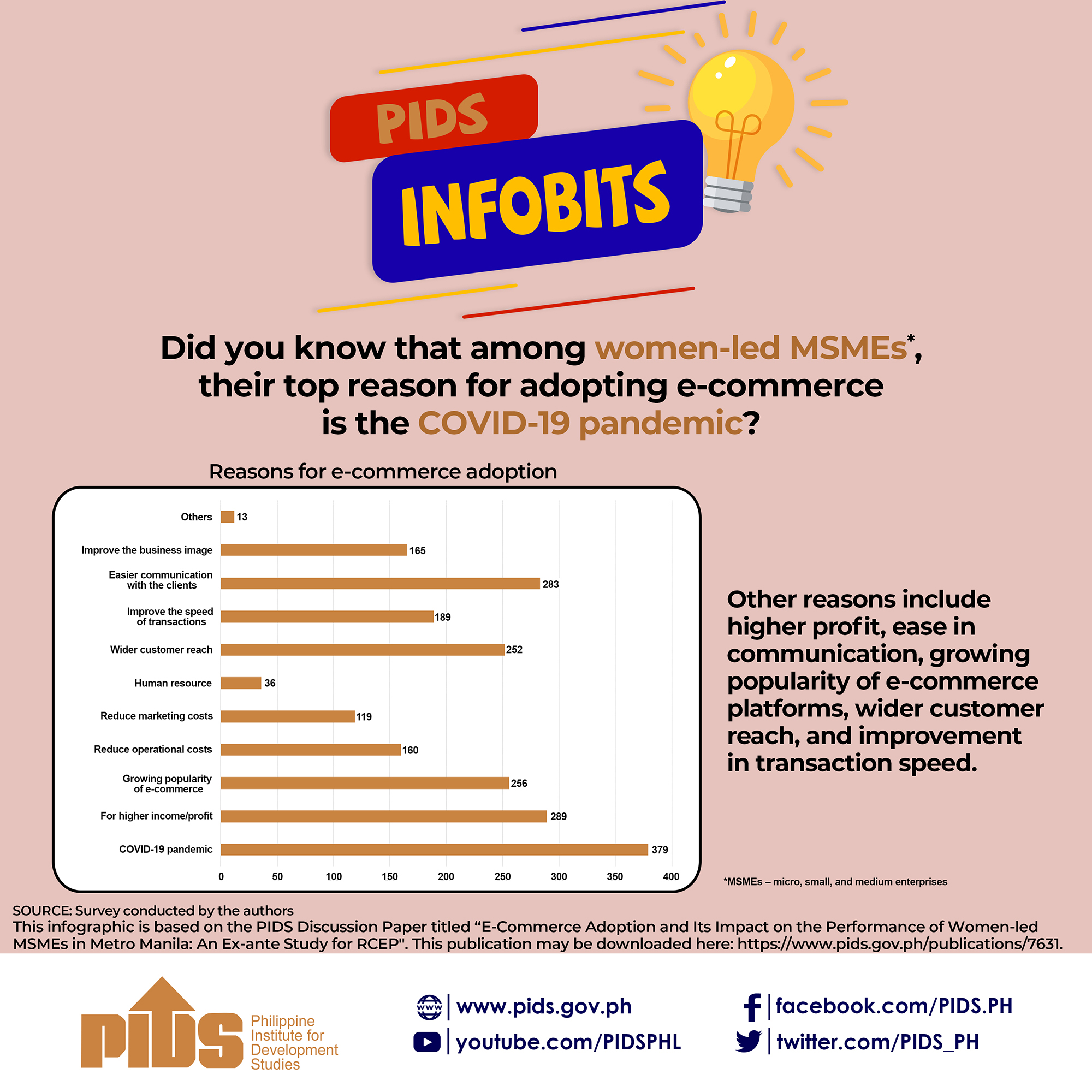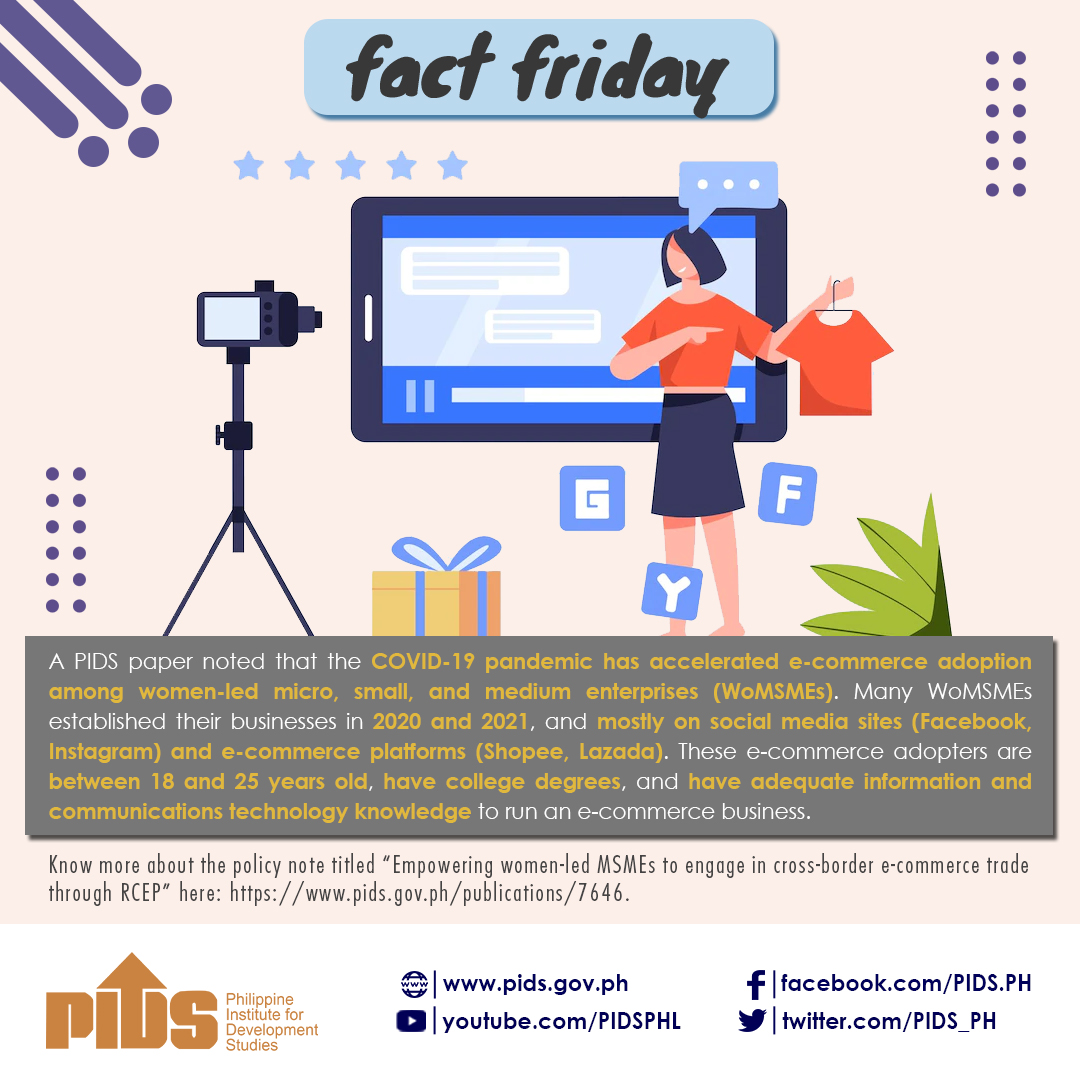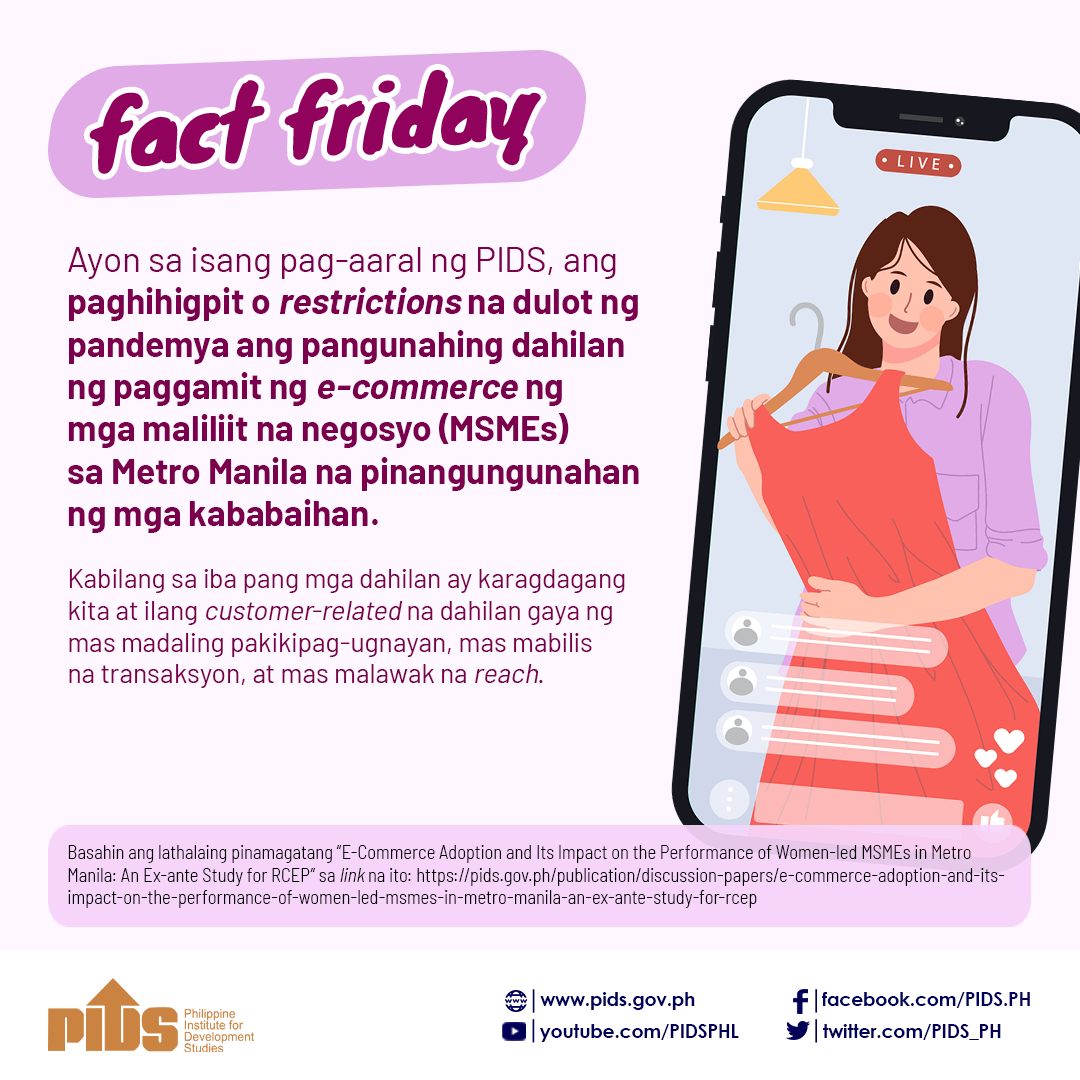E-commerce has definitely come of age. Unfortunately, not yet for the Philippines.
According to a study by Dr. Gloria Pasadilla, senior research fellow at the Philippine Institute for Development Studies (PIDS) and her associate April Lacson, the Philippines has been left behind by its Asian neighbors in e-commerce activity, ranking even lower in a number of areas than Thailand and Indonesia, which started using the Internet at around the same time or even much later than the Philippines.
Ever since the dot-com boom, the Internet has been said to be a great equalizer as it provides more access to information and income generation opportunities. Unfortunately, it has failed still many Filipinos, with only 25% of an Internet population of 11 million, being able to buy products and services online, and most of these from e-retailers based in the US such as Amazon and eBay, they said.
The rest, according to the authors, are wallowing in not being able to do e-commerce as they do not have credit cards or do not trust credit cards, and are limited to bank-to-bank transfers, cash on deliveries (CODs), mobile cash, or just plain hand-over-the-cash-to-the-cashier.
Most Filipinos cannot make payments online when they want to buy a product from any web site here and abroad. Many also would like to tap the opportunities to be able to sell products and accept payments online, but are unable to do so because of the high cost of putting up an e-commerce website, they lamented.
Pasadilla and Lacson thus argued that for the Philippines to achieve its vision of becoming Asia`s knowledge center and e-services hub, it needs to improve the access to telecommunications infrastructure of the large majority of the population and at the same time fill the gaps in legal and regulatory framework.
The study pointed out that the capacity and knowledge of domestic small and medium enterprises (SMEs) to effectively utilize e-commerce is still underdeveloped. Most SMEs lack the capital and human resources to launch their own websites or maximize their use.
In addition, Pasadilla and Lacson noted that the E-commerce Law is silent with regards to domain names, intellectual property rights, and a host of other security issues, effectively discouraging many entrepreneurs and even consumers to engage in e-commerce.
Likewise, they cited the absence of a more comprehensive set of indicators for measuring usage, readiness, and the impact of e-commerce in the Philippines.
Lastly, they commented that while the infrastructure exists, telephone density and Internet and personal computer (PC) penetration in the country are not as high as in other countries.
Thus, Pasadilla and Lacson cautioned that unless immediate and appropriate measures are undertaken to address these shortcomings, the Philippines will continue to linger at the bottom of the e-commerce economy. They further commented that the low e-commerce transactions in the country translates to trade losses that the Philippine economy could have captured had it been more swift, focused, and aggressive in improving its technical and human capacities.
According to a study by Dr. Gloria Pasadilla, senior research fellow at the Philippine Institute for Development Studies (PIDS) and her associate April Lacson, the Philippines has been left behind by its Asian neighbors in e-commerce activity, ranking even lower in a number of areas than Thailand and Indonesia, which started using the Internet at around the same time or even much later than the Philippines.
Ever since the dot-com boom, the Internet has been said to be a great equalizer as it provides more access to information and income generation opportunities. Unfortunately, it has failed still many Filipinos, with only 25% of an Internet population of 11 million, being able to buy products and services online, and most of these from e-retailers based in the US such as Amazon and eBay, they said.
The rest, according to the authors, are wallowing in not being able to do e-commerce as they do not have credit cards or do not trust credit cards, and are limited to bank-to-bank transfers, cash on deliveries (CODs), mobile cash, or just plain hand-over-the-cash-to-the-cashier.
Most Filipinos cannot make payments online when they want to buy a product from any web site here and abroad. Many also would like to tap the opportunities to be able to sell products and accept payments online, but are unable to do so because of the high cost of putting up an e-commerce website, they lamented.
Pasadilla and Lacson thus argued that for the Philippines to achieve its vision of becoming Asia`s knowledge center and e-services hub, it needs to improve the access to telecommunications infrastructure of the large majority of the population and at the same time fill the gaps in legal and regulatory framework.
The study pointed out that the capacity and knowledge of domestic small and medium enterprises (SMEs) to effectively utilize e-commerce is still underdeveloped. Most SMEs lack the capital and human resources to launch their own websites or maximize their use.
In addition, Pasadilla and Lacson noted that the E-commerce Law is silent with regards to domain names, intellectual property rights, and a host of other security issues, effectively discouraging many entrepreneurs and even consumers to engage in e-commerce.
Likewise, they cited the absence of a more comprehensive set of indicators for measuring usage, readiness, and the impact of e-commerce in the Philippines.
Lastly, they commented that while the infrastructure exists, telephone density and Internet and personal computer (PC) penetration in the country are not as high as in other countries.
Thus, Pasadilla and Lacson cautioned that unless immediate and appropriate measures are undertaken to address these shortcomings, the Philippines will continue to linger at the bottom of the e-commerce economy. They further commented that the low e-commerce transactions in the country translates to trade losses that the Philippine economy could have captured had it been more swift, focused, and aggressive in improving its technical and human capacities.

